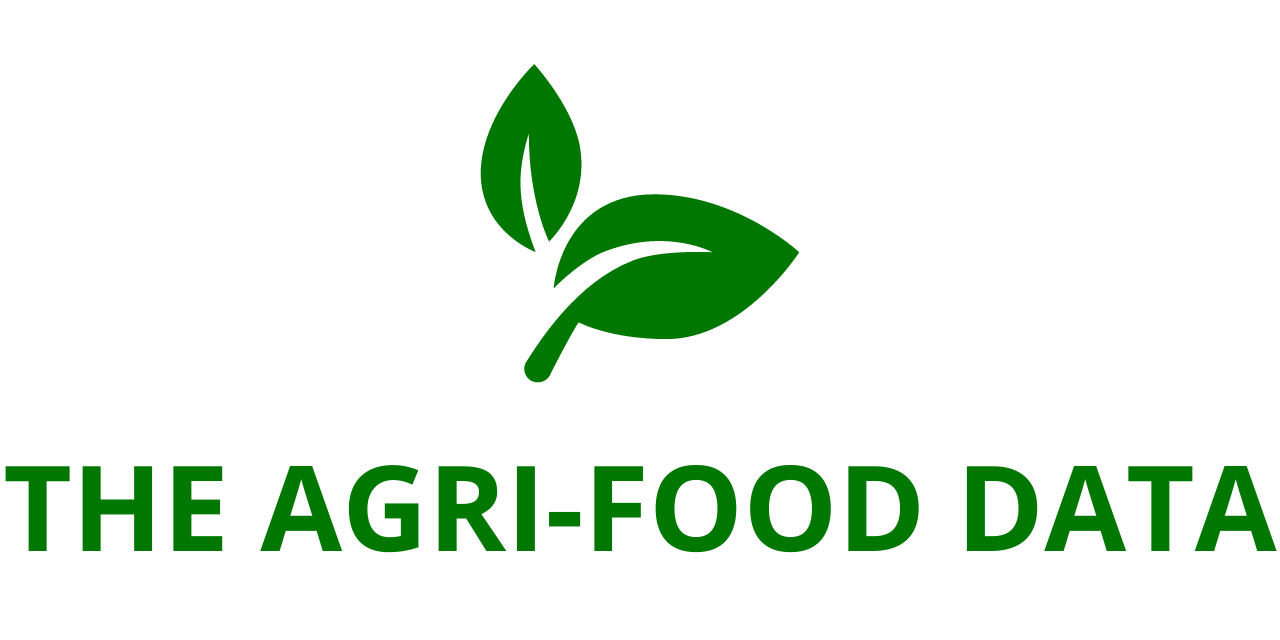
A newly released report titled “United States Baby Food and Infant Formula Market Size and Share Analysis – Growth Trends and Forecast Report 2025-2033″ has been added to the comprehensive database of ResearchAndMarkets.com, revealing strong growth projections for the sector. According to the report, the U.S. baby food and infant formula market is expected to rise significantly from an estimated value of USD 9.30 billion in 2024 to approximately USD 14.72 billion by 2033. This growth represents a compound annual growth rate (CAGR) of 5.23% during the forecast period.
The market’s upward trajectory is primarily driven by several intersecting factors, including rising parental awareness around infant nutrition, increasing demand for organic and premium products, advancements in formulation technologies, and growing e-commerce penetration. As more parents prioritize health, convenience, and quality, the industry is witnessing a wave of transformation aimed at meeting these evolving consumer expectations.
Key Growth Drivers
Increasing Parental Awareness and Health Consciousness
One of the primary forces behind the market’s expansion is the growing awareness among modern parents about the importance of early childhood nutrition. With better access to information and heightened concern about health outcomes, parents are seeking food options rich in essential vitamins, minerals, probiotics, and other nutrients that support cognitive development, digestion, and immune system health.
Today’s caregivers are more educated and discerning than ever before. They often seek out baby foods that are organic, free from genetically modified organisms (GMOs), and formulated without artificial preservatives or additives. Clean-label, non-GMO, and allergen-free options are increasingly popular, particularly among health-conscious millennial and Gen Z parents who are driving purchasing decisions based on product transparency and ethical sourcing.
Shift Toward Organic and Premium Products
Consumer preference is gradually shifting toward high-end, organic, and specialty baby food and formula offerings. This trend aligns with the wider health and wellness movement observed across the food industry. Parents are increasingly opting for premium brands that offer holistic nutrition tailored to their child’s developmental stage and dietary needs.
The organic baby food segment is gaining substantial traction due to concerns over pesticide exposure, artificial additives, and synthetic fertilizers used in conventional agriculture. As a result, several major brands have expanded their product lines to include certified organic options. In August 2024, for example, Abbott extended its “Pure Bliss by Similac” portfolio—a family of organic, European-formulated infant formulas designed to cater to consumer preferences for natural, high-quality nutrition alternatives.

Demand for Convenient and Ready-to-Use Products
As work schedules tighten and the number of dual-income households increases, there is a growing demand for baby food and formula products that are quick to prepare and easy to transport. Time-pressed parents favor single-serving packs, squeeze pouches, pre-mixed formula bottles, and snack-sized portions that are ideal for feeding on the go.
Convenience-driven innovation has become a focal point for manufacturers, prompting an expansion in both product design and packaging. Innovations in mixing technology, resealable pouches, and easy-digest formulations are addressing the practical needs of busy families, further boosting market appeal.
Digital Retail and Subscription-Based Services
The expansion of retail infrastructure, especially within the e-commerce space, has significantly increased access to baby food and formula products. Parents are increasingly purchasing baby products online, leveraging platforms that offer convenience, price comparisons, and user reviews. Large retailers and specialized baby care websites provide a broad spectrum of products, while the rise of subscription-based services allows for recurring deliveries of essential items like formula and snacks, ensuring consistent supply and reducing the mental load on caregivers.
Additionally, digital platforms enable companies to educate consumers about their offerings through personalized marketing, fostering stronger brand relationships and customer loyalty.
Regulatory Landscape and Safety Initiatives
As the market grows, so does the need for stringent safety and quality control. Baby food and infant formula are among the most tightly regulated food products in the U.S. The Food and Drug Administration (FDA) enforces strict guidelines around ingredient sourcing, manufacturing standards, contamination limits, and labeling.
In January 2025, the FDA issued draft guidance aimed at supporting manufacturers and processors of Low Moisture Ready-to-Eat (LMRTE) foods, such as powdered infant formula. The guidance is focused on aligning production processes with current Good Manufacturing Practices (cGMPs), hazard analysis, and risk-based preventive controls. These regulatory efforts are intended to ensure a sanitary and safe food supply for the country’s youngest and most vulnerable consumers.
Market Challenges
Product Recalls and Consumer Trust
Despite progress, the industry continues to face occasional setbacks due to product recalls related to contamination by substances like heavy metals, bacteria, or undeclared allergens. These incidents can undermine consumer trust and tarnish brand reputations. Maintaining rigorous safety standards and transparent communication with consumers is crucial for companies seeking to preserve credibility and market share.
Pricing Pressures and Income Disparities
Another challenge is the competitive landscape characterized by high product diversity and pricing variation. While premium and organic products cater to a growing segment of affluent consumers, they remain cost-prohibitive for low-income households. Private-label and store-brand alternatives offer more budget-friendly options, intensifying pricing pressure on major brands.
To retain customer loyalty and remain profitable, companies must continually innovate while also exploring strategies to make premium offerings more accessible. This might include bundle pricing, discounts, or targeted promotions through e-commerce platforms.






